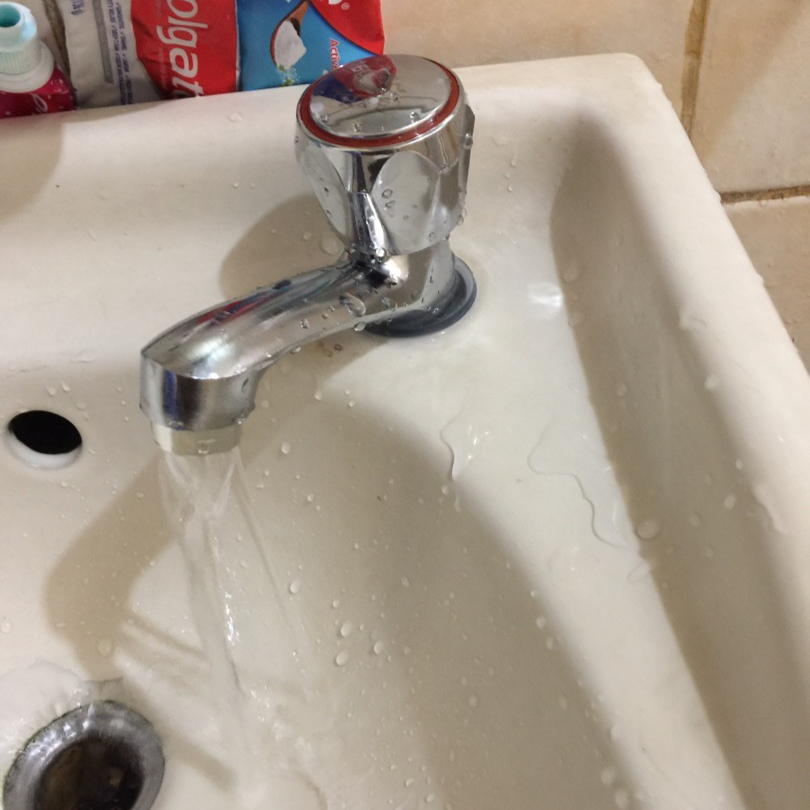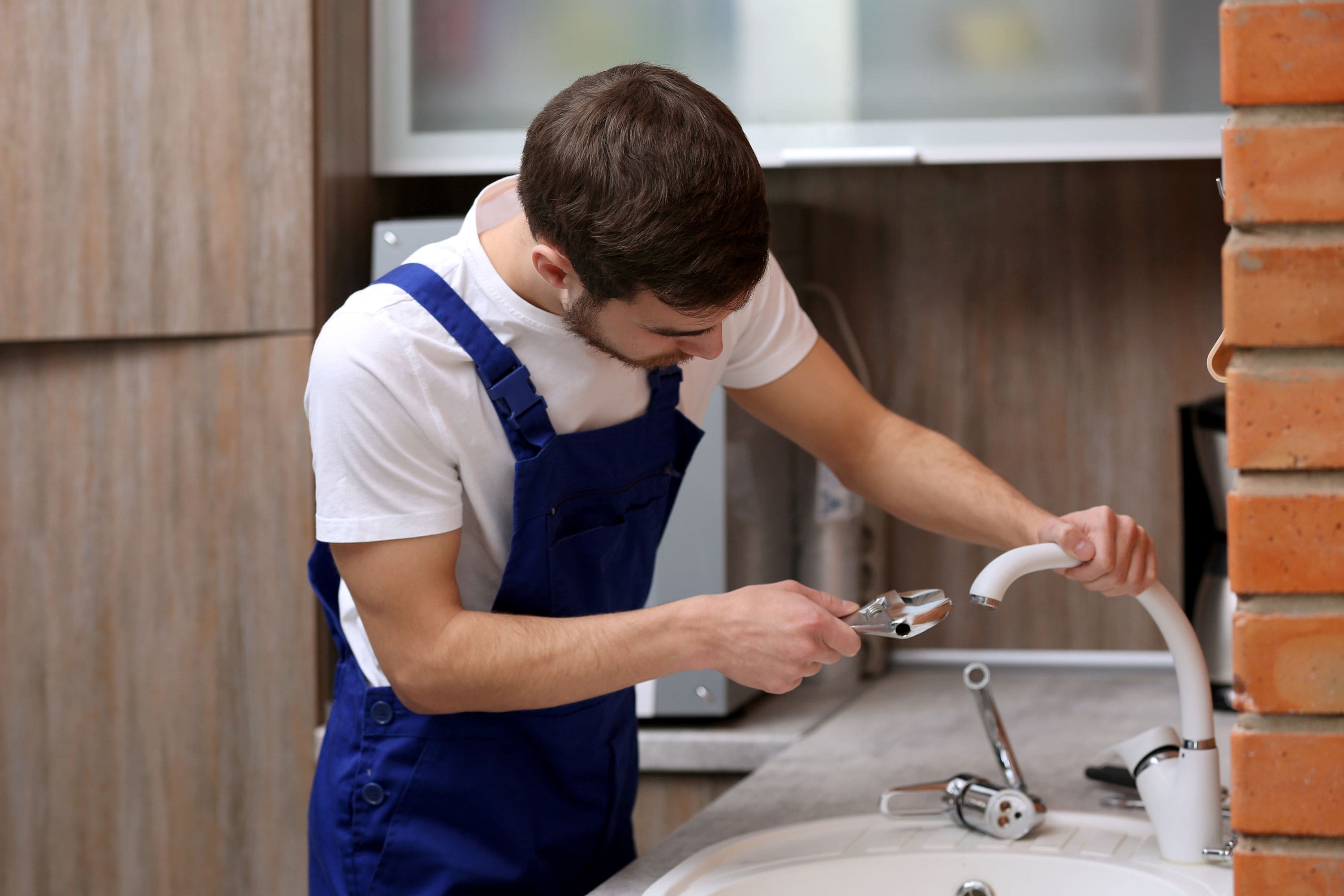Our Factors Behind Repairing a Faulty Faucet
Our Factors Behind Repairing a Faulty Faucet
Blog Article
This post underneath relating to Why It's Important to Fix Leaky Faucets is totally insightful. Give it a go and make your own personal assumptions.

Trickling faucets may appear like a minor trouble, however their influence surpasses simply the aggravation of the audio. From drainage to sustaining unneeded economic prices and health and wellness risks, disregarding a trickling faucet can result in different repercussions. In this short article, we'll delve into why it's essential to address this usual family problem promptly and effectively.
Wastefulness of Water
Ecological Impact
Trickling taps contribute significantly to water wastefulness. According to the Environmental Protection Agency (EPA), a solitary faucet dripping at one drip per secondly can waste greater than 3,000 gallons of water annually. This not just pressures water sources but additionally impacts environments and wildlife based on them.
Step-by-Step Overview to Taking Care Of a Dripping Tap
Tools Needed
Prior to attempting to take care of a trickling faucet, gather the essential tools, including a flexible wrench, screwdrivers, substitute parts (such as washers or cartridges), and plumber's tape.
Typical Tap Issues and Their Solutions
Recognize the type of faucet and the certain problem creating the drip. Usual problems consist of damaged washing machines, rusty shutoff seats, or defective O-rings. Refer to producer directions or on the internet tutorials for step-by-step assistance on repair services.
Financial Expenses
Enhanced Water Expenses
Beyond the environmental influence, dripping faucets can blow up water costs considerably. The collected waste in time translates right into higher utility expenditures, which might have been prevented with prompt repairs.
Prospective Residential Property Damage
Furthermore, extended trickling can lead to harm to fixtures and surfaces bordering the faucet. Water build-up can cause discoloration, corrosion, and also structural problems if left unattended, leading to added fixing costs.
Health and wellness Worries
Mold And Mildew and Mildew Development
The consistent presence of wetness from a trickling tap creates an optimal setting for mold and mildew and mildew growth. These fungi not only jeopardize interior air top quality however likewise present wellness threats, particularly for people with respiratory problems or allergic reactions.
Waterborne Illness
Stationary water in leaking faucets can come to be a breeding place for bacteria and other virus, raising the threat of waterborne illness. Contaminants such as Legionella bacteria grow in stationary water, potentially bring about severe diseases when ingested or breathed in.
Do it yourself vs. Professional Repair
Pros and Cons of DIY Fixing
While some might attempt to take care of a dripping tap themselves, DIY fixings come with their very own collection of challenges. Without correct understanding and devices, DIY efforts can exacerbate the problem or bring about incomplete repairs, extending the trouble.
Benefits of Employing a Specialist Plumber
Hiring a professional plumber makes sure that the underlying source of the dripping tap is dealt with efficiently. Plumbing technicians have the competence and devices to diagnose and repair tap concerns effectively, saving time and lessening the threat of more damages.
Ecological Duty
Specific Contribution to Conservation
Taking obligation for taking care of leaking faucets aligns with broader initiatives towards water preservation and environmental sustainability. Every individual's activities jointly make a considerable influence on protecting precious sources.
Lasting Living Practices
By prioritizing timely repair work and taking on water-saving habits, individuals contribute to lasting living techniques that profit both present and future generations.
Preventive Measures
Regular Maintenance Tips
To avoid dripping taps, carry out regular maintenance such as cleaning up aerators, inspecting for leakages, and replacing worn-out parts without delay. Furthermore, take into consideration installing water-saving gadgets or updating to more effective fixtures.
Relevance of Prompt Repairs
Addressing leaking taps as quickly as they're seen prevents additional water waste and prospective damages, inevitably conserving both water and cash in the future.
Impact on Building Worth
Assumption of Well-Maintained Building
Keeping a residential or commercial property in good condition, consisting of attending to maintenance problems like leaking faucets, enhances its regarded worth and value among possible purchasers or renters.
Influence on Resale Value
Qualities with well-kept plumbing fixtures, consisting of faucets, command greater resale values in the realty market. Resolving trickling taps can contribute to a favorable perception throughout residential property evaluations and arrangements.
Final thought
Resolving a dripping faucet exceeds plain comfort; it's an essential step toward conserving water, lowering financial expenses, and guarding health and building. Whether through DIY repair services or specialist assistance, taking action to repair leaking taps is a tiny yet impactful means to advertise liable stewardship of sources and add to a much healthier, extra lasting future.
Most Common Reasons for a Leaky Faucet and How to Stop the Drip
Whether it’s your kitchen faucet leaking or a bathroom faucet leaking, one leaky faucet can waste anywhere from three to 30 gallons of water every single day. If the constant drip-drip-drip doesn’t get your attention, your water bill will. The good news is that, by following a few simple steps, chances are pretty good you can fix the problem yourself.
Why is it dripping?
Before you start taking things apart, let’s break down some of the most common causes of a leaky faucet.
Bad O-ring.
A cartridge is a valve that controls the flow of water into the faucet spout. On cartridge faucets there’s an O-ring—the little disc attached to the stem screw that holds the faucet handle in place. If it’s loose or worn-out, it can cause your sink handle to leak. Of course, the cartridge itself could be worn out. If that’s the case, make sure you replace it with the exact same kind.
Corroded valve seat.
The valve seat connects the faucet and the spout. If the leak seems to be coming from the spout, it might be because a buildup of water sediment has corroded the valve seat.
Worn-out washers or seals.
A leaky spout could be caused by a bad washer that rests against the valve seat. It’s just a matter of time before friction takes its toll. It could also be the wrong size washer or one that’s been installed incorrectly. Water sediments can also corrode inlet and outlet seals.
Water pressure.
If the faucet only drips now and then, or when you turn the handles a certain way, you should probably check your home’s water pressure.
Loose or broken parts.
The adjusting ring and packing nuts in the stream screw can become loose over time, causing your sink handle to leak. Try tightening or replacing the packing nut. If the leak is coming from the pipes underneath the sink, you probably have a broken pipe or fitting. If that’s the case, you should definitely call a plumber.
Know your faucet.
Faucets come in a variety of types. Each one has its own assembly—and its own possible causes of leaks. Learning about the four most common kinds of faucets will help you know how to take them apart and make any repairs.
How to stop a leaky faucet
Fixing that leaky faucet doesn’t have to take a lot of time, money, or expertise. It’s usually a simple matter of replacing a worn-out washer or gasket, a loose O ring, or another part. Chances are really good you can do this yourself if you follow these simple steps.
Shut off the water.
Before you tackle the faucet, cut off the water supply to the sink. There should be one valve for hot and one for cold. Hand-turn them clockwise with your hands till they close. If there are no valves under the sink, head to the basement and shut off the main water supply to the house. Then turn on the faucet until it empties out the water that’s still in the line and you’re ready to start. It’s a good idea to cover the sink drain with a plug or a rag so you don’t lose any small pieces and parts while you’re working.

We hope you enjoyed our topic about 4 Common Reasons for a Leaky Faucet. Thanks so much for taking a few minutes to browse our blog post. Feel free to set aside a second to share this article if you enjoyed reading it. Thanks so much for going through it.
Report this page